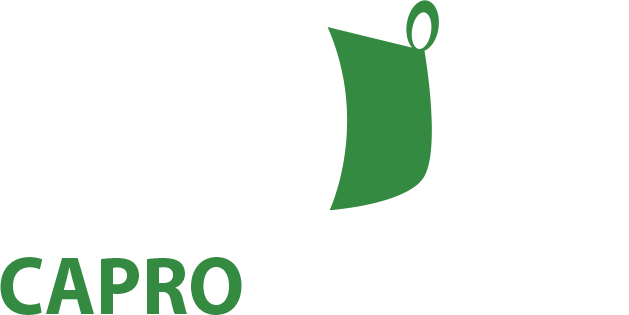In the dynamic landscape of production and distribution, the importance of strategic inventory planning cannot be overstated, especially when it comes to your supersack packaging requirment. As businesses navigate the challenges of ever-expanding production lead times and a globalized supply chain, the need for foresight and meticulous planning has become more critical than ever.
**The Challenge of Production Lead Times:**
One of the foremost challenges facing industries today is the continually lengthening production lead times. This trend is particularly pronounced in the FIBC sector, where intricate production processes, global supply chains, and the demand for customized solutions contribute to extended timelines.
**The Overseas Production Conundrum:**
It's no secret that a significant portion of bulk bag production has moved outside the United States. While this shift has allowed for cost savings and access to a broader range of manufacturing capabilities, it has also introduced complexities in terms of logistics and timing.
**The Power of Proactive Planning:**
To overcome the hurdles posed by extended production lead times and global production locations, businesses must adopt a proactive approach to inventory planning for FIBC’s. Waiting until the last minute to secure packaging materials can lead to a host of challenges, including rush fees, higher delivery costs, and potential disruptions in the supply chain.
**Stocking Programs for Seamless Operations:**
Partnering with a reliable supplier, such as Capro Industires, that offers a stocking program can be a game-changer for businesses seeking to streamline their packaging processes. A stocking program allows companies to maintain a ready inventory of essential packaging materials, reducing the risk of delays and ensuring a seamless flow of production.
**Periodic Production Schedules:**
In addition to stocking programs, establishing periodic production schedules is essential for maintaining a steady supply of supersacks. By working closely with a trusted supplier, businesses can plan their production cycles in alignment with the delivery of bulk bags, minimizing downtime and optimizing overall efficiency.
**Avoiding Additional Costs:**
Proactive planning not only prevents delays but also helps businesses avoid unnecessary costs that can impact the bottom line. Rush orders, expedited shipping charges, and the potential for production disruptions due to material shortages can all be mitigated through a well-thought-out inventory planning strategy.
**Choosing the Right Partner:**
When selecting a supplier for your bulk bag needs, consider partnering with a company that understands the challenges of the current market and offers comprehensive solutions. Look for a supplier that not only delivers quality products but also provides expertise in inventory management, stocking programs, and reliable production scheduling. Established in 1996, Capro Industires has partnered with Fortune 500 clients to provide solutions to the strategic planning of their packaging requirments, and supply chain management.
In conclusion, as the business landscape continues to evolve, strategic inventory planning emerges as a key differentiator in maintaining operational efficiency. By planning well in advance, leveraging stocking programs, and establishing periodic production schedules, businesses can navigate the complexities of the packaging supply chain, avoid unnecessary costs, and ultimately enhance their bottom line. It's time to transform inventory planning from a reactive process to a proactive strategy that empowers businesses to thrive in a competitive marketplace.



